Interview: Sugarkane Studio
Leandro Manuel Emede on making the first music video created entirely with Kinect

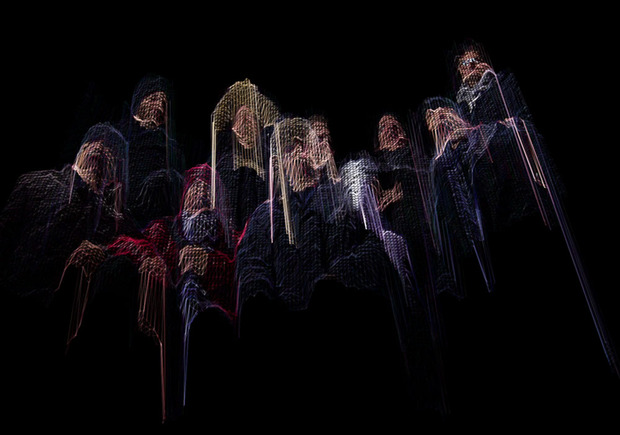
In the few short years since forming Sugarkane, Milan-based duo Nicolò Cerioni and Leandro Manuel Emede have come to work with some of the most esteemed names in entertainment. The passion with which they take on any project—from music videos to photography to editorial content—has undoubtedly contributed to their early success, but their diverse backgrounds also play a part in their multi-pronged approach to creative thinking. Manuel Emede studied advertising and music video production in California before directing short films and documentaries at La Sterpaia, and Cerioni studied fashion and design in NYC and Milan before refining the imagea of several artists for EMI, Sony Music and Universal Music.
Made exclusively using Kinect and RGBDToolkit, Sugarkane created an incredible music video for the new single “Quand’ero Giovane” from Franco Battiato, an Italian songwriter recognized for his enduring commitment to experimentation. To understand the intricate design details of the innovative project, we recently spoke with Manuel Emede.

Can you tell us about the genesis of this project?
A few months ago we were asked to make a video for the new single by Franco Battiato, specifically the third single from the album Apriti Sesamo (Open Sesame), which actually was already playing in our studio on loop, since we have always been great fans. Thinking of a video for the song “Quand’ero Giovane” (When I was young), well, this was one of those requests that makes you incredibly happy.
We knew the song very well and we both came to the same thought: the song is too descriptive, too precise, and we must do something completely opposite to what you listen to. Hence we thought of making the text futuristic and intangible, since it’s full of memories and real places.
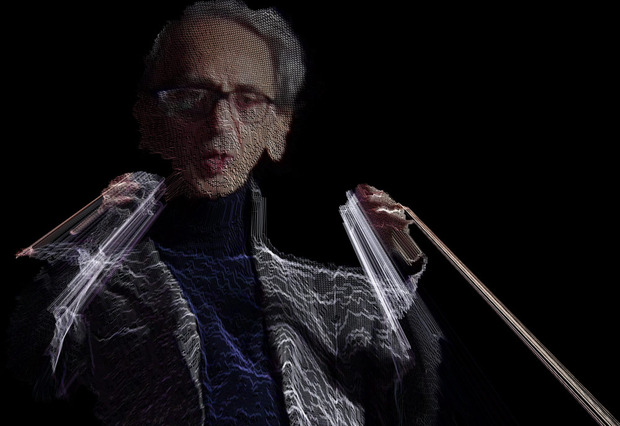
From a technical point of view, how is the image generated in this video?
The video image is generated by connecting a simple camera to a computer, which is also connected to a Kinect. The computer receives the two data—the two-dimensional image of the camera and data concerning spaces and dimensions generated by the Kinect. These two components, combined through a software program, create a virtual space in which we could move around in a second moment.
The union of these two instruments requires a very meticulous process of alignment and has been fundamental in the collaboration of the guys at Studio Sumatra, Maicol Borghetti and Francesco Basso, who often collaborate with us for the setup of experimental productions. They are very good in everything related to 3D and motion graphics.
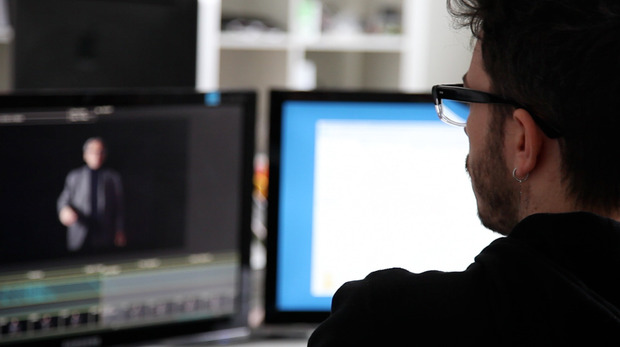
Battiato is well known in Italy and abroad for being a great experimenter. Since the ’70s he’s been working with electronic sounds, world music, rock and dance. What was his role in this project?
It’s true, Battiato is always a great experimenter. For example, a few years ago he created and directed a work about Bernardino Telesio, completely read aloud by holograms. As soon as we proposed the concept of this last video, he immediately showed interest. He was fascinated by the process from which a two-dimensional image can be turned into three-dimensional space. Working with him is always a pleasure as well as an honor—he is the innovator par excellence.
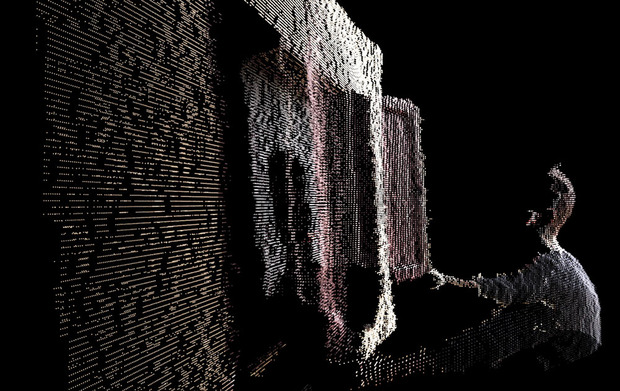
In the past you have worked with extremely analog effects, such as vintage lenses found in a flea market in Los Angeles. Now you switch to a fully digital dimension. Is there a link between the two choices?
Yes, we love to experiment. For each video we try to go beyond our knowledge by drawing on various techniques. We spend a lot of time on the internet to look for new and innovative things, but every time we go to some photography or video store we comb between the offers and dustier shelves. Often we found media devices completely out of fashion but that, when used for a video clip in the right way, can become super interesting and cutting edge.
Then we range from super advanced technology to craft shooting, in both cases, however, it’s the idea and the desire to experiment that counts. For the video of Maria Antonietta, “Saliva,” we had attached two filters from the ’70s with adhesive tape. In the case of Battiato, with the tape we attached the Kinect.
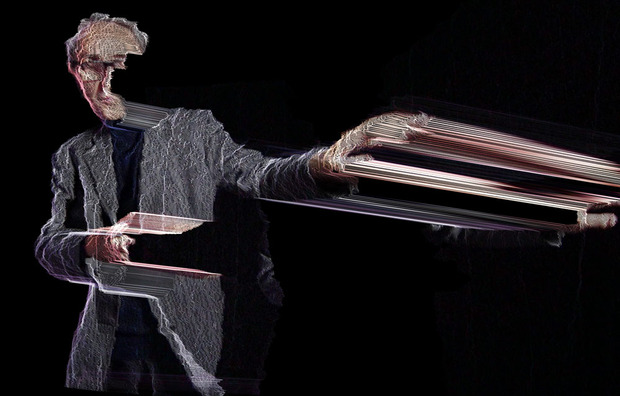
Can you tell us about any future projects you may be working on?
We are currently working on next summer’s stadium tour of Lorenzo Jovanotti and other very interesting things, but we can not say more. But be sure that you will see a lot of cool stuff in the near future.
Images courtesy of Sugarkane












